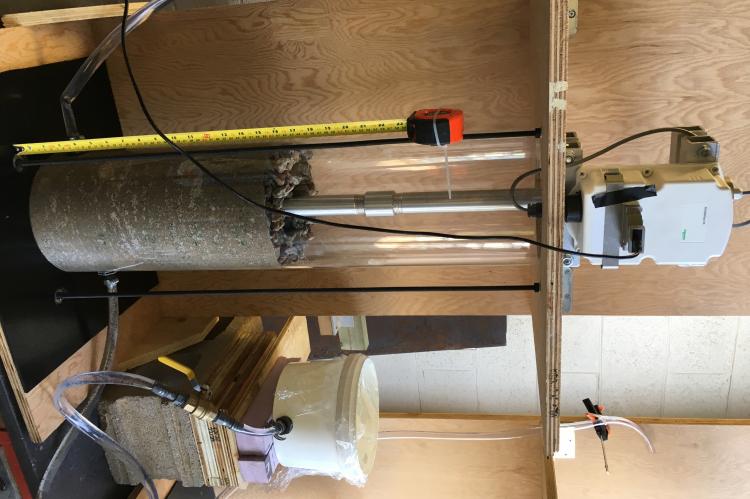Development of a Novel Subsurface Monitoring and Oil Leak Detection System

Leaks from oil pipelines, storage tank and other facilities can be disruptive, expensive and can cause significant damage to the environment. The consequences of such leaks have been well published in recent years, leading to increased political pressure on the industry to find improved ways of monitoring for leaks.
According to data published by the Pipeline and Hazardous Materials Safety Administration (PHMSA), 45 % of oil transportation pipelines in the United States are over 50 years old. More than 600 leaks are reported every year with an annual clean-up cost to industry of over USD550M.
To minimize the damage from any leakage, rapid detection of a failure event is essential. Since pipelines are usually located in remote areas and buried underground, accomplishing this is often a challenge. Existing leak detection systems are also typically capable of detecting larger leaks more effectively than smaller ones, needing some complementary solution if proper leak monitoring coverage is to be achieved.
This article describes a new technology and method for direct hydrocarbon leak detection in the subsoil using a system called SubSense™ LDS.
The system consists of Direct-C’s proprietary polymer nanocomposite based hydrocarbon leak detection sensor and a remote communication system. Polymer nanocomposites provide a unique approach to leak detection as they can detect the presence of the smallest amount of hydrocarbon through a change in the electrical properties of the material.
This system is particularly well suited for instrumenting high consequence locations such as urban areas, water crossings, and other environmentally sensitive areas with a fast, deterministic and cost effective liquid hydrocarbons detection solution.

